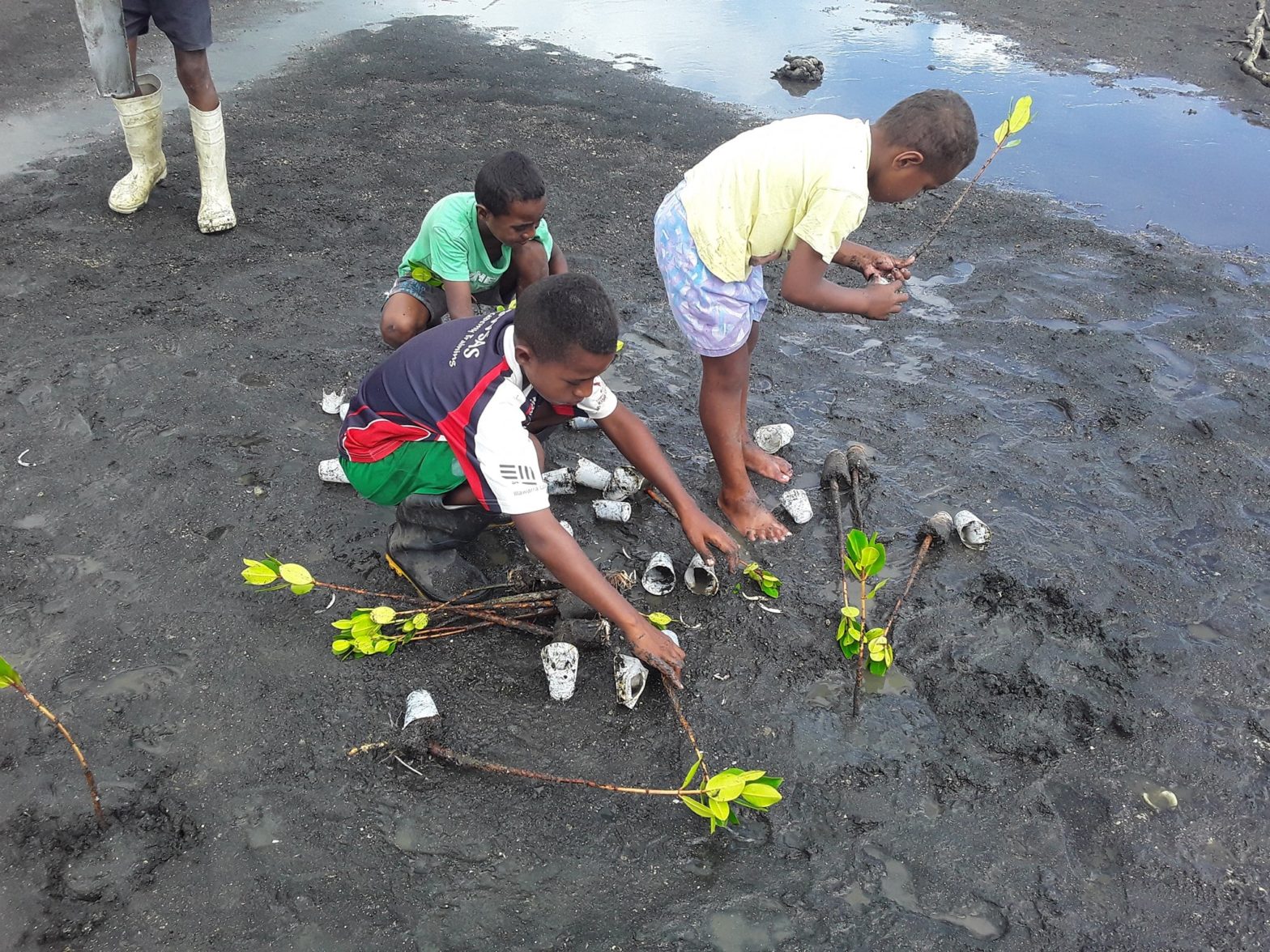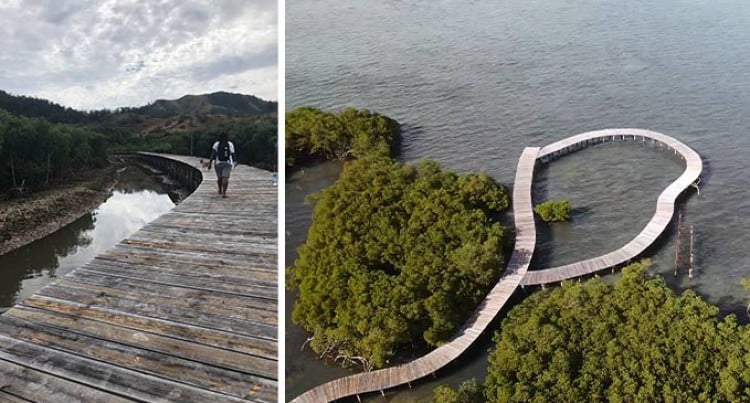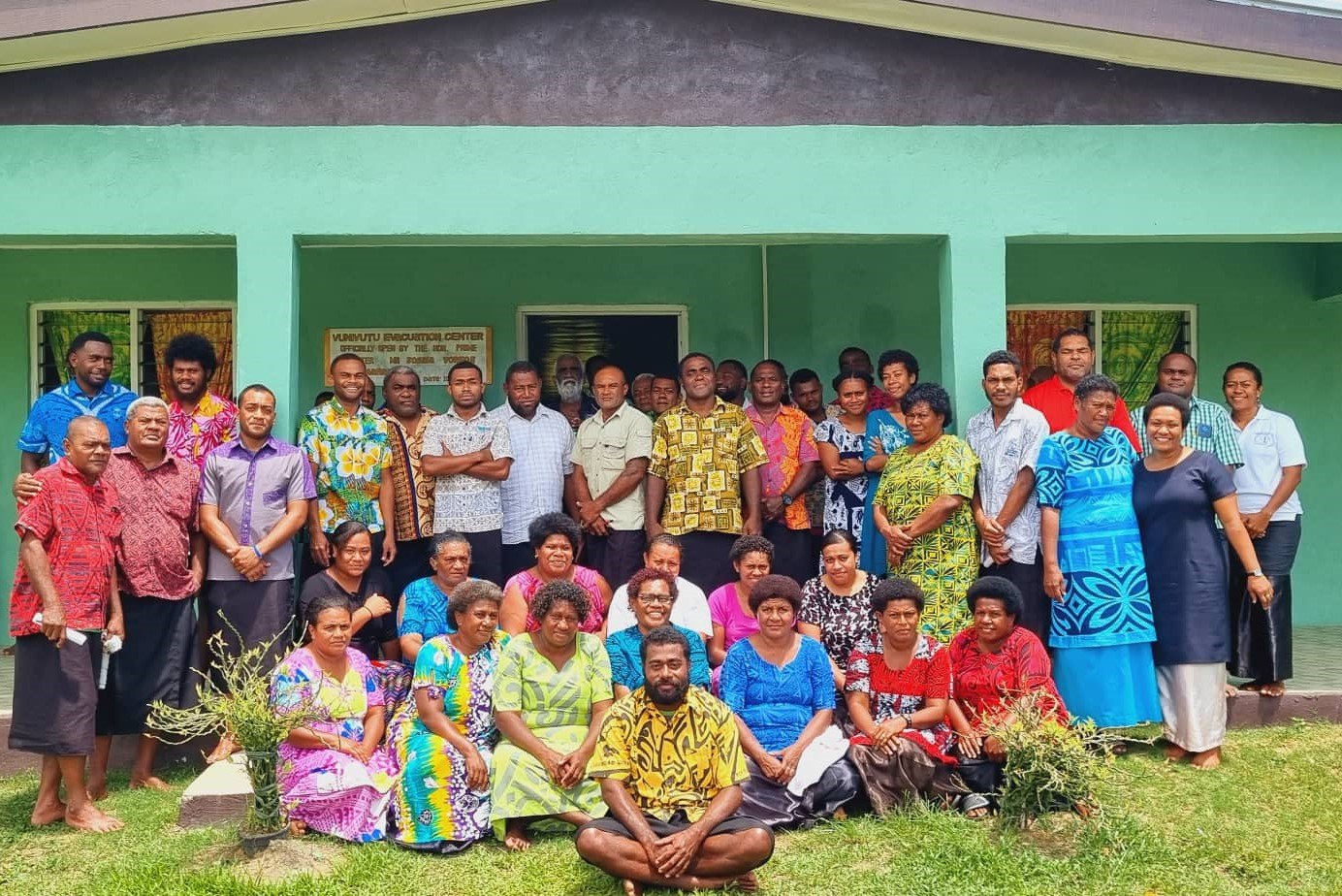4FJ Fish Smart Campaign is promoting better ways to fish by urging individuals in urban communities to pledge to “Say No to Undersize” species.
In Fiji, mud crabs or qari have long been a women-dominated fishery, helping to provide an important income opportunity for families in rural areas.
But in Fiji today, mud crabs can’t quite keep up with the demand, with current fishing practices.
“In the past, in one village, there will be 3-4 people who are fishing for crabs, today, say if we have 20 families in a community there will be one person from each household fishing for crabs on a daily basis,” said Taru Veibi, the women’s representative for the Fiji Local Marine Managed Network (FLMMA).
With an eye on International Women’s Day today (March 8), the 4FJ Fish Smart campaign organised a radio program on its Qoli Vakamatau radio talkback show with Radio Fiji One, sharing ways to boost mud crab catches.
“What we encourage mud crab fishers to do is leave the smaller crabs, give them the space to breed so that they can restock our oceans,” said Margaret Fox, Gender Equality and Social Inclusion (GESI) Advisor – Fisheries, at the Pacific Community (SPC).
“Under the Ministry of Fisheries Act, mud crabs that are under 12.5 centimetres, or 5 inches, aren’t allowed to be sold. But if you walk around the markets, you see mud crabs much smaller than that are being sold,” she said.
That means that fewer mud crabs are getting big enough to breed, and restock fishing grounds.
“With the growing population in rural communities and villages, obligations that need to be fulfilled, there are traditional, family, Vanua and religious obligations,” said Veibi, explaining the drivers for over-harvesting mud crabs.
But by letting them breed, you can make more money with bigger, fatter crabs.
The 4FJ Fish Smart campaign is promoting better ways to fish, or Fish Smart, to increase your catches, today and tomorrow. As part of the campaign work, it’s also asking everyone in urban areas to pledge to “Say No to Undersize” species in the market.
Another key Fish Smart practice is letting egg-carrying female crabs go, said Fox. A female crab carries fertilised eggs for 12 days, on its outside its shell for 12 days. So if you let it go, it will release upwards of a million eggs. So if you take that crab 12 days later, you still get the crab, and also get another generation of crabs, as well.
Fox said the mud crab fishery nationally is also threatened by continued mangrove habitat loss, which is one of the critical habitats for mud crab. Some communities, in addition to supporting Fish Smart practices, have also set up traditional tabus to protect mangroves areas, given the value of the fishery for families.
“Crabs are a delicacy and it brings a healthy income at home. In some places in Fiji mud crabs are considered the main source of income in a family,” Veibi said.
As communities more actively Fish Smart and set up tabus, organisations like the Wildlife Conservation Society and FLMMA are also working with women fishers to earn more on crab catches, including improved post-harvesting techniques.
“Fishers are trying new methods, such as mud crab cages to fatten the crabs before the sale. This process involves simply putting the crabs into cages, often inside a tabu area, and feeding them food scraps until they get to optimal weights.” Fox said.
Mud crab fattening cages are being trialled on Vanua Levu, the second-largest island of Fiji, where the crabs are sold by weight.
Veibi says the bottom line is that across Fiji there remains a great need to create more awareness in communities.
“We work with women’s groups in communities, as the majority of mud crab fishers are women, so this is where we pump fish smart practices, on sizes, breeding months for crabs, their habitat, so that they, the fisher, is well educated,” Veibi says.
“Fishing smart means bigger, better catches and that’s the message we need to share far and wide.”
Developed by cChange and Wildlife Conservation Society Fiji, below is a pilot series of short videos that shine a spotlight on women in fisheries in Fiji.
Video: Wildlife Conservation Society/cChange
Video: Wildlife Conservation Society/cChange



